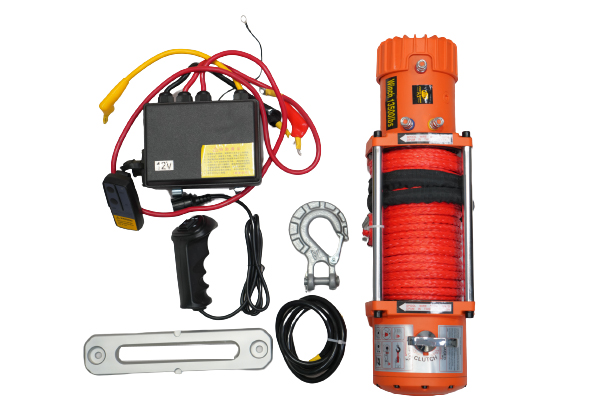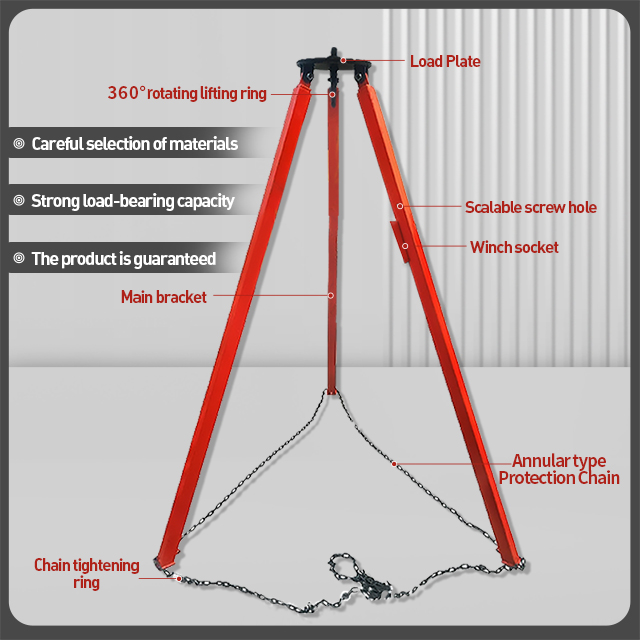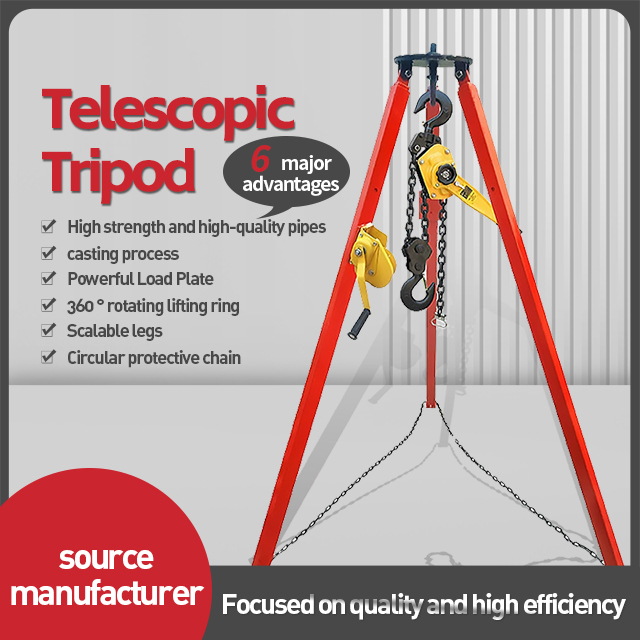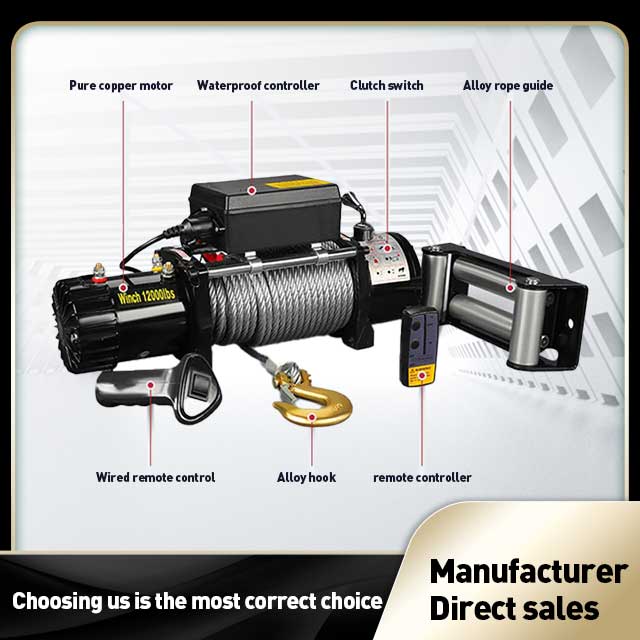Among numerous mechanical tools, the winch occupies an important position due to its powerful traction capacity. From essential
equipment for off-road enthusiasts to capable assistants on construction sites, winches have demonstrated diverse applications in
various fields. Behind these rich applications lies the unique performance of various types of winches at play. Understanding the types of winches and their corresponding application scenarios can help us choose and use this tool more reasonably.

1.Electric Winch
The electric winch is currently the most common type of winch. It is powered by a motor and is easy to operate. The rope can be easily retracted and released just by controlling the switch. This kind of winch is usually equipped with a dedicated remote control, allowing users to operate it from a certain distance, which greatly enhances the convenience and safety of use.
In off-road scenarios, the electric winch can be regarded as a "magic tool for getting out of trouble". When an off-road vehicle gets stuck in mud, sand or other difficult situations, fix the rope of the winch to a reliable anchor point (such as a big tree, a huge rock, etc.), start the winch, and the motor will drive the drum to rotate, which can slowly pull the vehicle out of the predicament.
2. Hydraulic Winch
The power of the hydraulic winch comes from the hydraulic system. It has a powerful torque output and is capable of handling more arduous traction tasks. Because its working principle is based on hydraulic transmission, the operation process is relatively smooth, with low noise, and it can work continuously for a long time without easily overheating and other problems.
In heavy machinery operation scenarios, hydraulic winches have obvious advantages. For instance, at construction sites, when it is necessary to move large building materials or equipment, hydraulic winches can easily pull objects weighing several tons. The hydraulic winches equipped on large cranes can precisely control the lifting of the boom and the hoisting of goods, ensuring the safety and efficiency of the entire operation process.
3. Manual Winch
The manual winch is the most fundamental type of winch and is entirely driven by human power. Although it is not as powerful as electric and hydraulic winches in terms of power output, it still plays an irreplaceable role in some specific scenarios due to its simple structure, low cost and lack of energy restrictions.
In outdoor adventure activities, manual winches are often used to build simple river-crossing tools or assist in climbing. For example, when crossing a river, fix the manual winch on the solid objects on both banks. By pulling the handle of the winch, drive the rope to move, thereby towing the simple raft carrying people across the river. When some rock climbing enthusiasts are doing wild rock climbing, manual winches can also be used as safety equipment to assist climbers in descending or ascending in emergency situations.
4. Pneumatic Winch
The pneumatic winch uses compressed air as its power source and features quick start-up and precise response. Most importantly, in high-risk environments that are flammable and explosive, it can operate safely because the entire working process does not generate electric sparks, effectively avoiding potential explosion risks.
In the petrochemical industry, the environment is often filled with flammable and explosive gases or liquids, making pneumatic winches the ideal choice for traction operations. In the oil pipeline laying project, the pipeline needs to be precisely pulled into place along the pre-determined route. Pneumatic winches, with their own advantages, can operate stably and continuously under such complex and dangerous working conditions, providing a solid guarantee for the smooth progress of the project.
There are various types of winches, each with its unique advantages and suitable scenarios. From off-road exploration to industrial production, from agricultural labor to petrochemicals, food processing and other fields, winches, with their powerful pulling capacity, provide a solid guarantee for the smooth progress of various tasks. When choosing a winch, it is necessary to accurately consider the specific requirements of the actual usage scenario in order to select the most suitable type and fully release its maximum efficiency.






